My favourite painting: Nicole Farhi
Happiness, in all art, is harder to catch than unhappiness.'
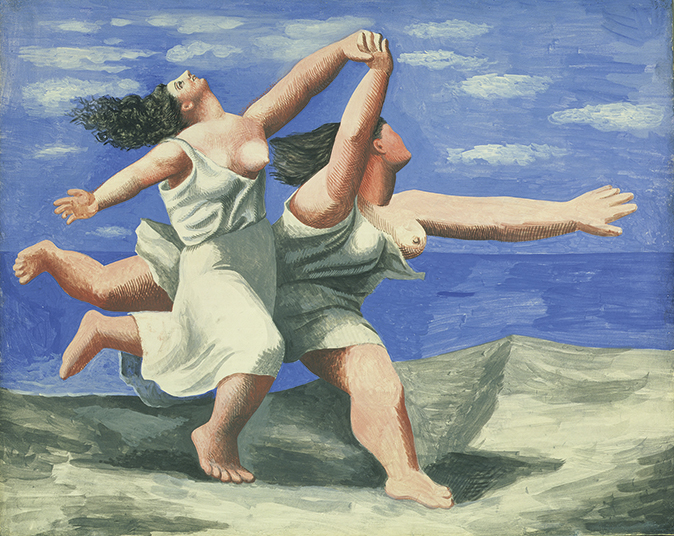

Two Women Running on the Beach, 1922, by Pablo Picasso (1881– 1973), 13½in by 16¾in, Musée Picasso, Paris
Nicole Farhi says: I love this early Picasso painting because there is something in the feeling of joy and friendship between the two women that strongly calls to mind my own friend Mireille in the South of France when we were both young so many years ago. The abandon and happiness in the Picasso inspired me to sculpt Two Friends as a sort of tribute. It has remained one of my favourite of all my sculptures. Happiness, in all art, is harder to catch than unhappiness.
Nicole Farhi is a fashion designer. Her new sculpture series, ‘The Human Hand’, opens at Bowman Sculpture, SW1, on September 13
John McEwen comments on Two Women Running on the Beach: Picasso’s artistic life may have been bohemian, but his background was solidly bourgeois: his paternal uncles included a diplomat, a prelate and a doctor. as he approached middle age, he had the urge to marry and settle down. There was also family pressure, especially from his mother. Two girlfriends rejected his proposal in quick succession and it was on the rebound that he married Olga Khokhlova, a prima ballerina in Diaghilev’s Ballets Russes company.
Olga wasn’t bohemian in attitude; she insisted on a Russian orthodox wedding, which took place in 1918. Injury ended her dancing career and their only child, Paulo, was born in 1921. Picasso’s return to conventional figurative art was an apt reflection of settled domesticity supported by success, which now gave him a celebrity beyond the art world.
In the summer of 1922, the family, plus nanny, rented a villa at Dinard, on the coast of Brittany. Perhaps irked by this genteel prospect and frustrated by marital restrictions, Picasso gave vent to his previous free-living, rule-breaking self with this wild celebration of two hefty maenads—female followers of Dionysus, Greek god of wine and ecstasy—rushing beside the sea.
Six years later, on another family holiday at Dinard, he would secretly bring along his teenage mistress, Marie-Therese Walter. This little picture anticipates that ecstatic time, which also proved an artistic release and the beginning of the end of life with Olga, although they remained married until her death in 1955.
Exquisite houses, the beauty of Nature, and how to get the most from your life, straight to your inbox.
Diaghilev used an enlarged version of the design as a backcloth for the ballet Le Train Bleu.

My favourite painting: Emma Bridgewater
'For me, it’s like a prayer. Or a meditation,' says Emma Bridgewater of her favourite painting.
My favourite painting: brook & black
'This portrait presents a gap, something unresolved.'
Country Life is unlike any other magazine: the only glossy weekly on the newsstand and the only magazine that has been guest-edited by His Majesty The King not once, but twice. It is a celebration of modern rural life and all its diverse joys and pleasures — that was first published in Queen Victoria's Diamond Jubilee year. Our eclectic mixture of witty and informative content — from the most up-to-date property news and commentary and a coveted glimpse inside some of the UK's best houses and gardens, to gardening, the arts and interior design, written by experts in their field — still cannot be found in print or online, anywhere else.
-
 The greatest flowers make the greatest art
The greatest flowers make the greatest artA search for still-life subjects led Kate Friend to some of the greatest gardens and gardeners in the country
-
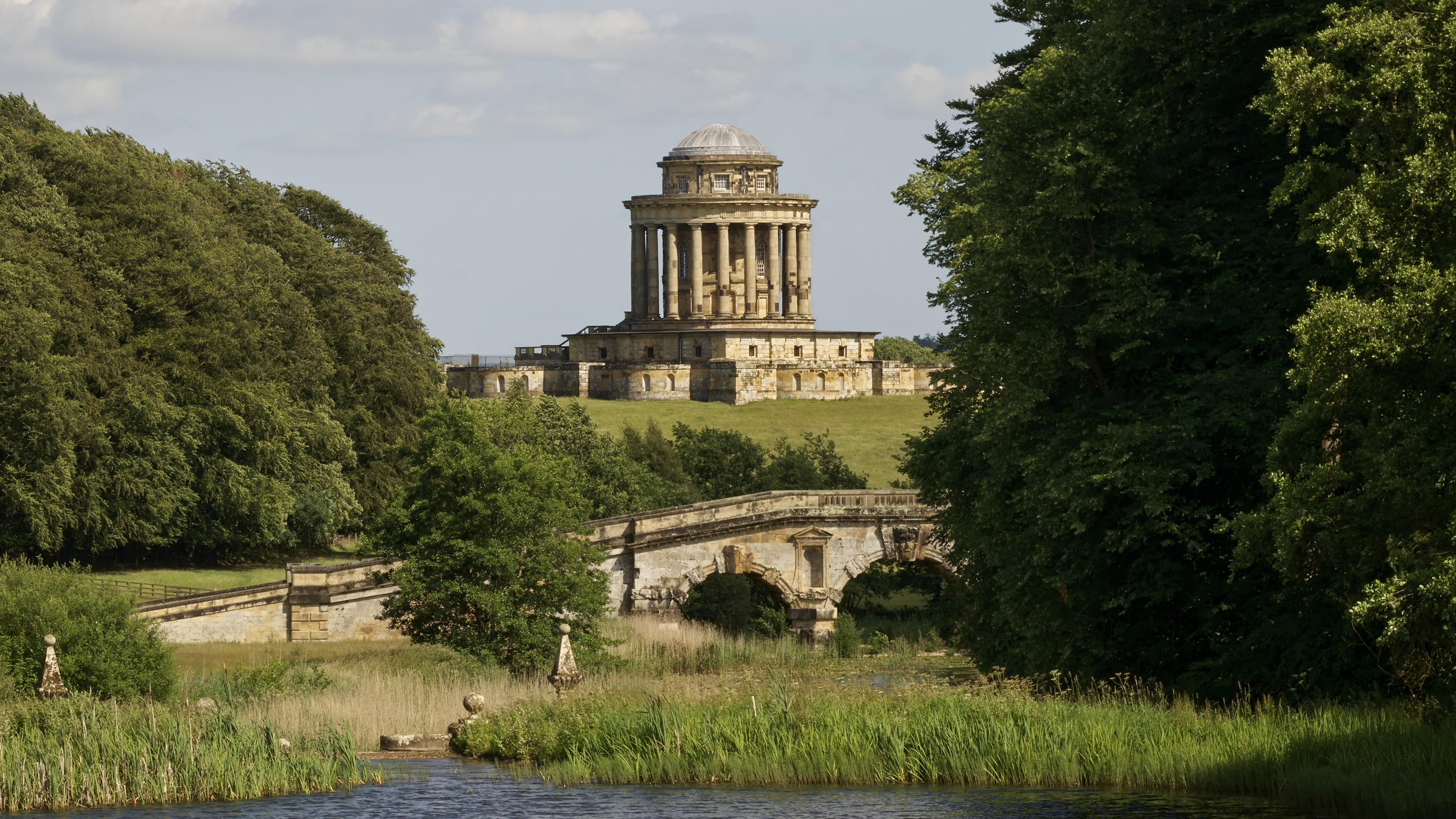 The Castle Howard Mausoleum, a building so beautiful 'you'd almost want to be alive when buried in it', is facing its own demise
The Castle Howard Mausoleum, a building so beautiful 'you'd almost want to be alive when buried in it', is facing its own demiseThe celebrated Castle Howard Mausoleum is a dynastic monument to the Howard family, but it needs further restoration if it is to survive. Christopher Ridgway tells its story; photography by Paul Higham.
-
 'As a child I wanted to snuggle up with the dogs and be part of it': Alexia Robinson chooses her favourite painting
'As a child I wanted to snuggle up with the dogs and be part of it': Alexia Robinson chooses her favourite paintingAlexia Robinson, founder of Love British Food, chooses an Edwin Landseer classic.
-
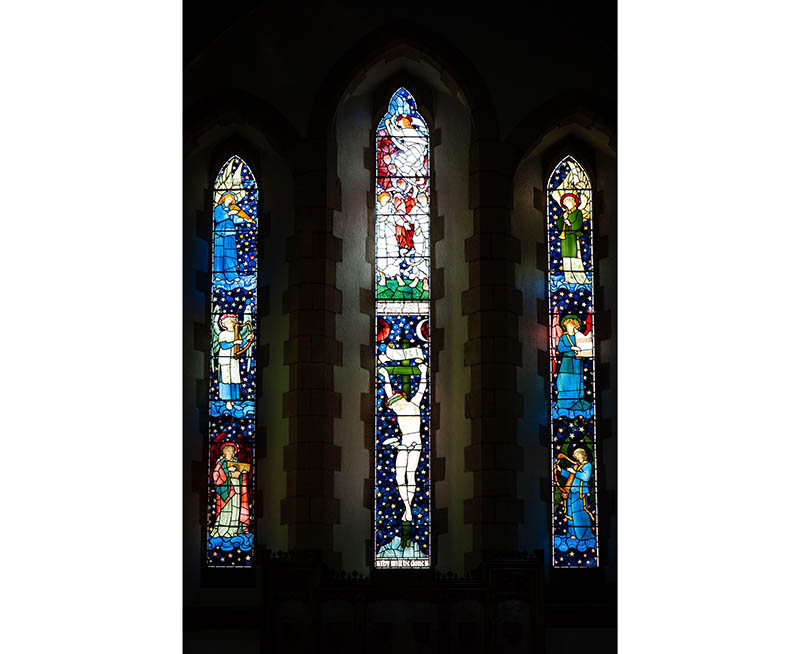 The Pre-Raphaelite painter who swapped 'willowy, nubile women' for stained glass — and created some of the best examples in Britain
The Pre-Raphaelite painter who swapped 'willowy, nubile women' for stained glass — and created some of the best examples in BritainThe painter Edward Burne-Jones turned from paint to glass for much of his career. James Hughes, director of the Victorian Society, chooses a glass masterpiece by Burne-Jones as his favourite 'painting'.
-
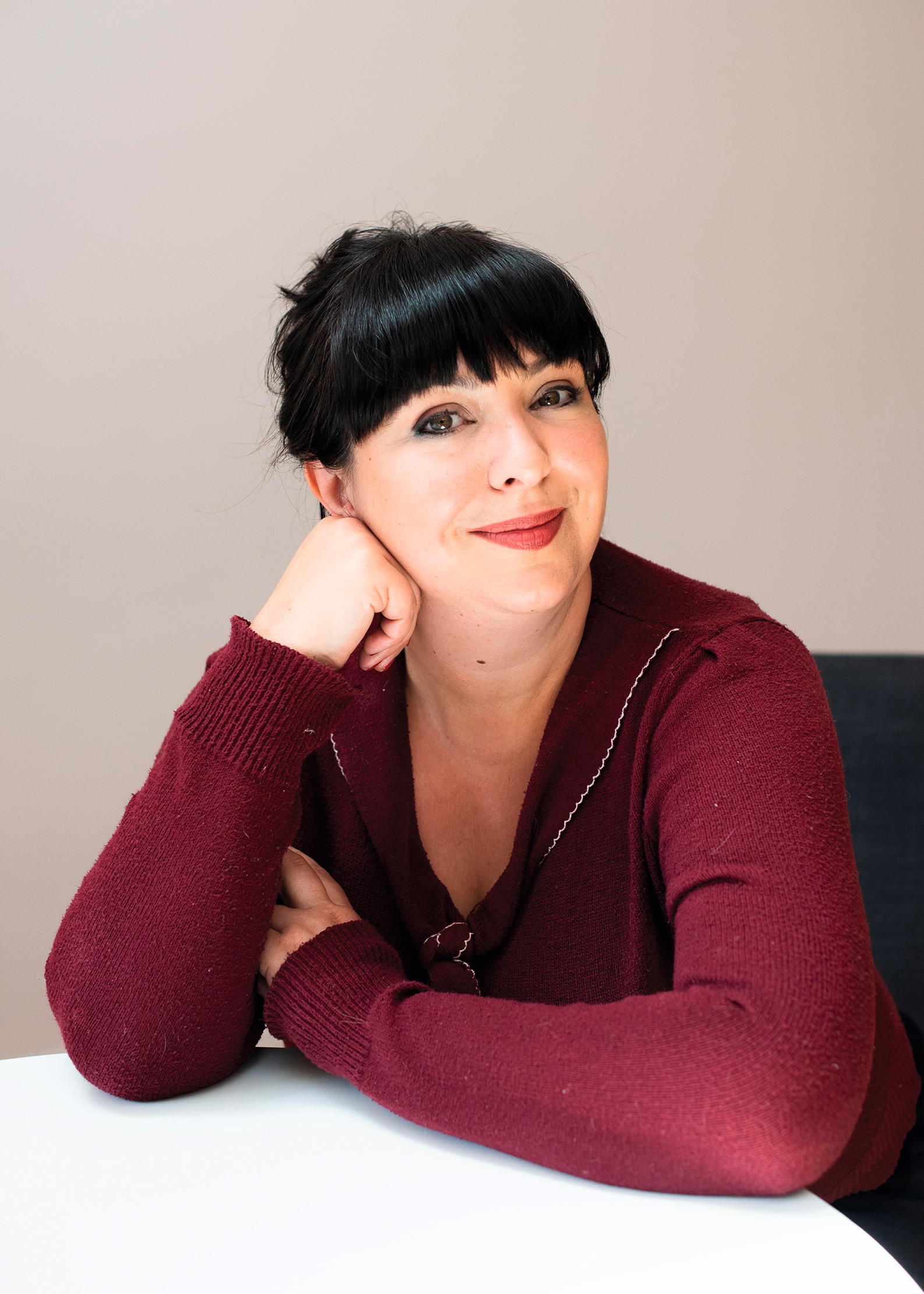 'I can’t look away. I’m captivated': The painter who takes years over each portrait, with the only guarantee being that it won't look like the subject
'I can’t look away. I’m captivated': The painter who takes years over each portrait, with the only guarantee being that it won't look like the subjectFor Country Life's My Favourite Painting slot, the writer Emily Howes chooses a work by a daring and challenging artist: Frank Auerbach.
-
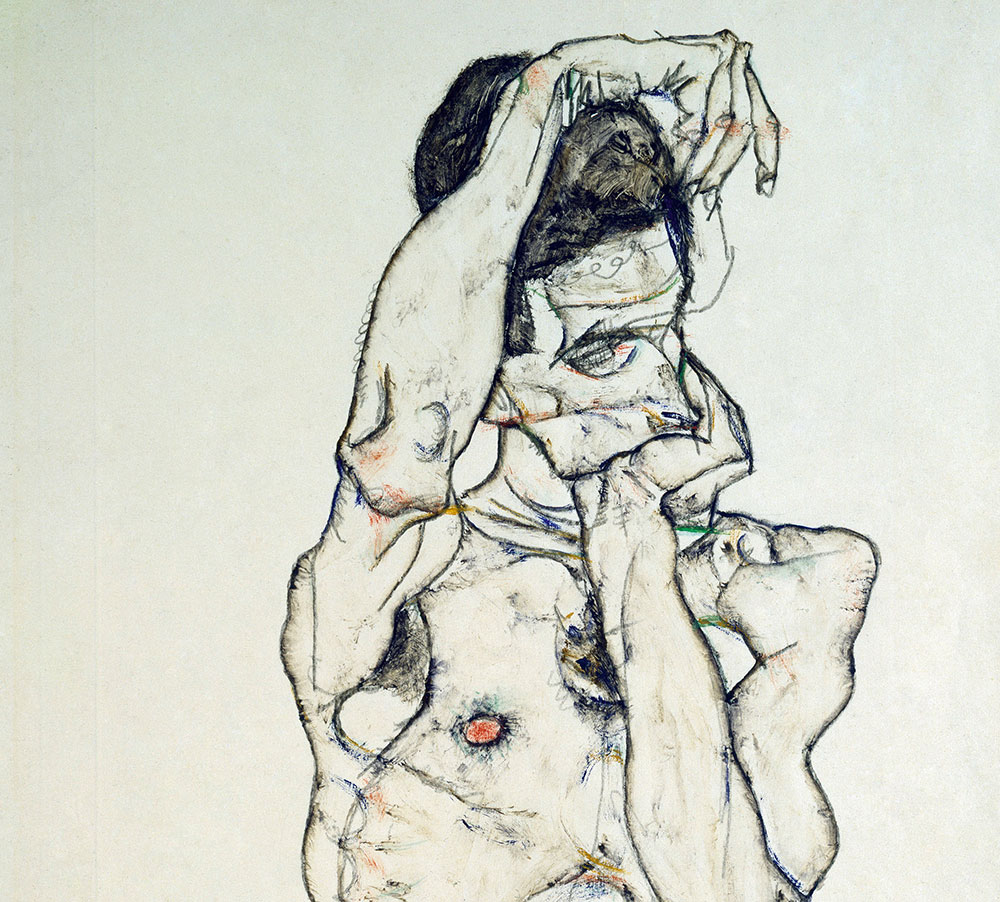 My Favourite Painting: Rob Houchen
My Favourite Painting: Rob HouchenThe actor Rob Houchen chooses a bold and challenging Egon Schiele work.
-
 My Favourite Painting: Jeremy Clarkson
My Favourite Painting: Jeremy Clarkson'That's why this is my favourite painting. Because it invites you to imagine'
-
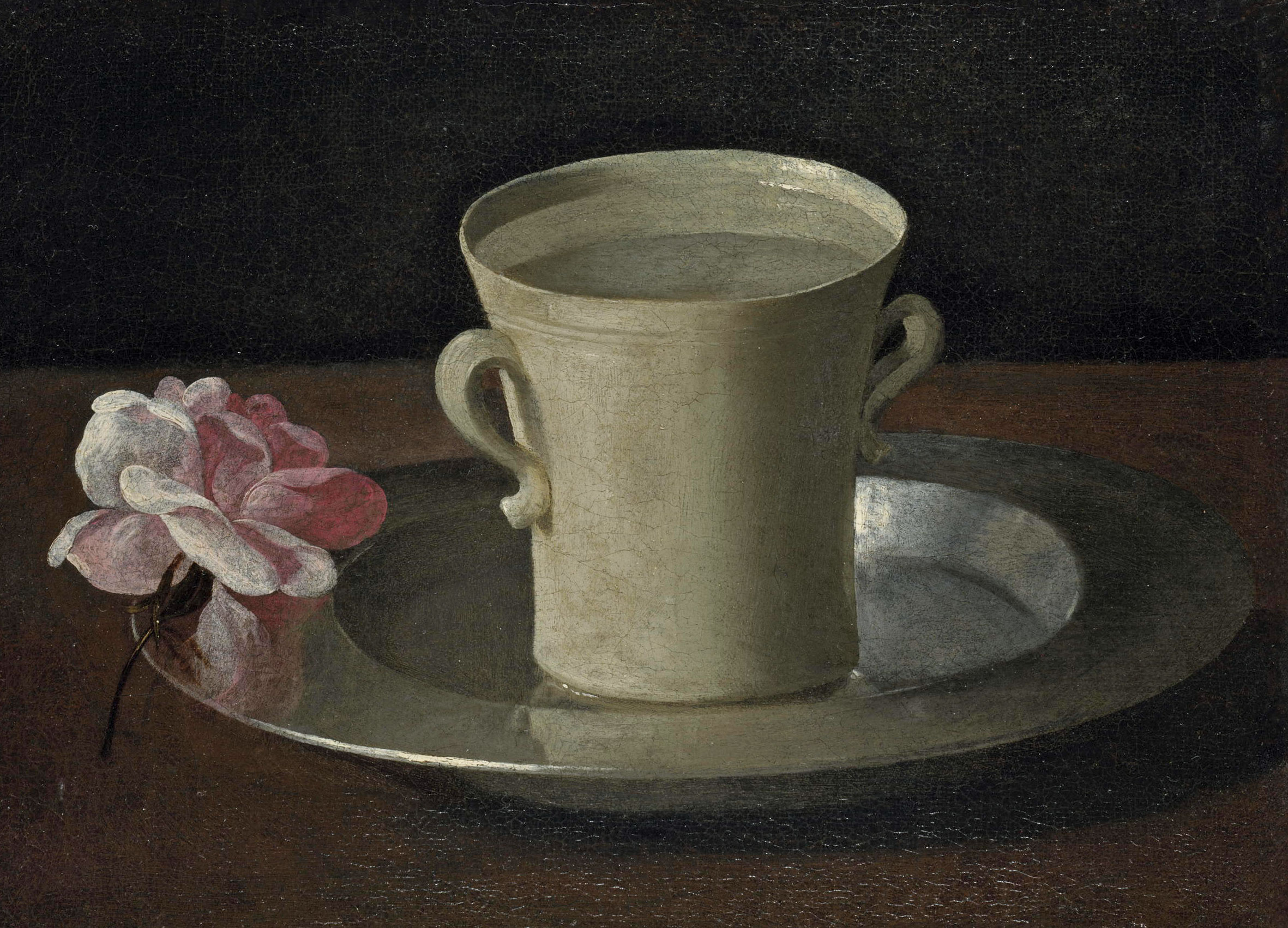 The chair of the National Gallery names his favourite from among the 2,300 masterpieces — and it will come as a bit of a shock
The chair of the National Gallery names his favourite from among the 2,300 masterpieces — and it will come as a bit of a shockAs the National Gallery turns 200, the chair of its board of trustees, John Booth, chooses his favourite painting.
-
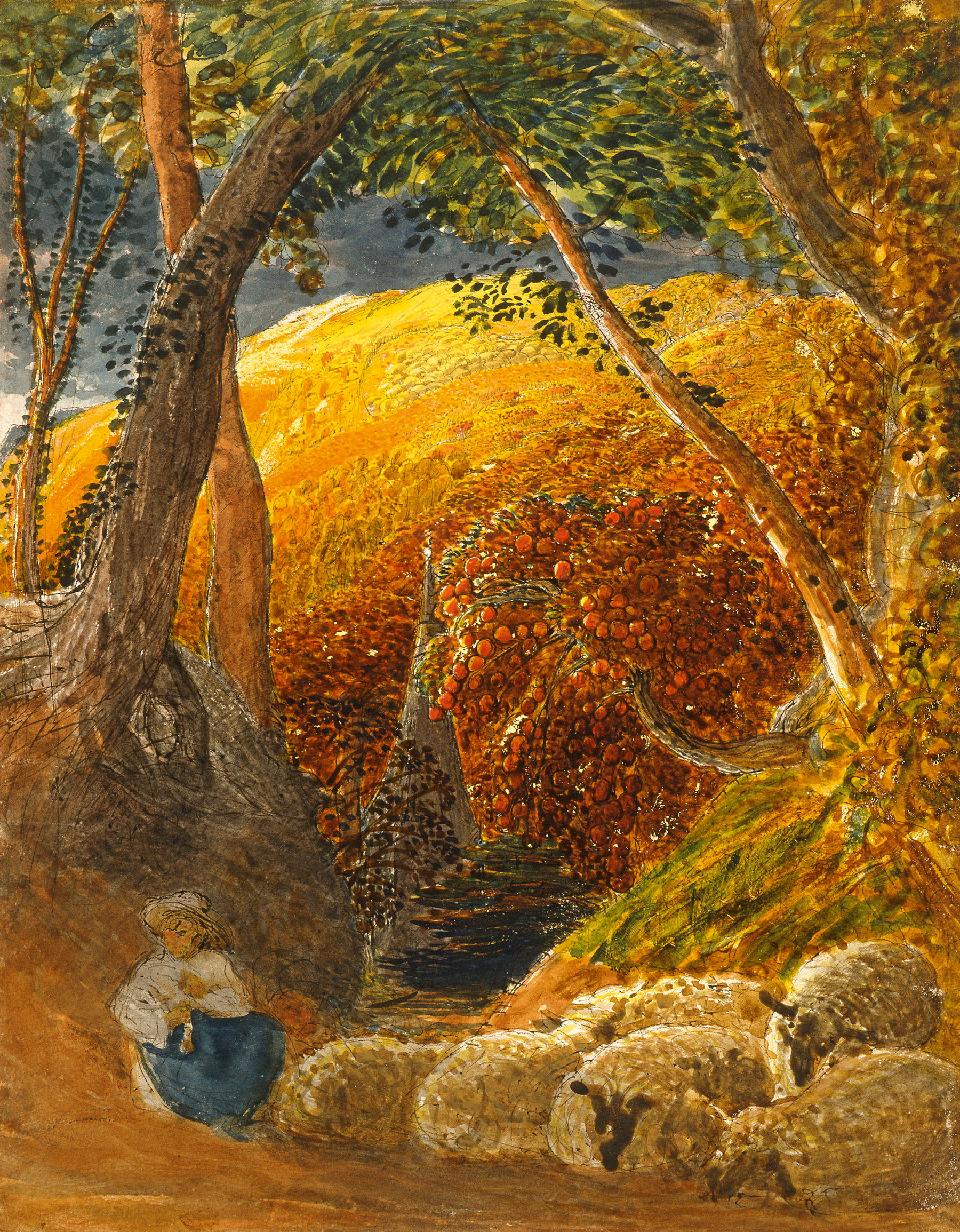 'A wonderful reminder of what the countryside could and should be': The 200-year-old watercolour of a world fast disappearing
'A wonderful reminder of what the countryside could and should be': The 200-year-old watercolour of a world fast disappearingChristopher Price of the Rare Breed Survival Trust on the bucolic beauty of The Magic Apple Tree by Samuel Palmer, which he nominates as his favourite painting.
-
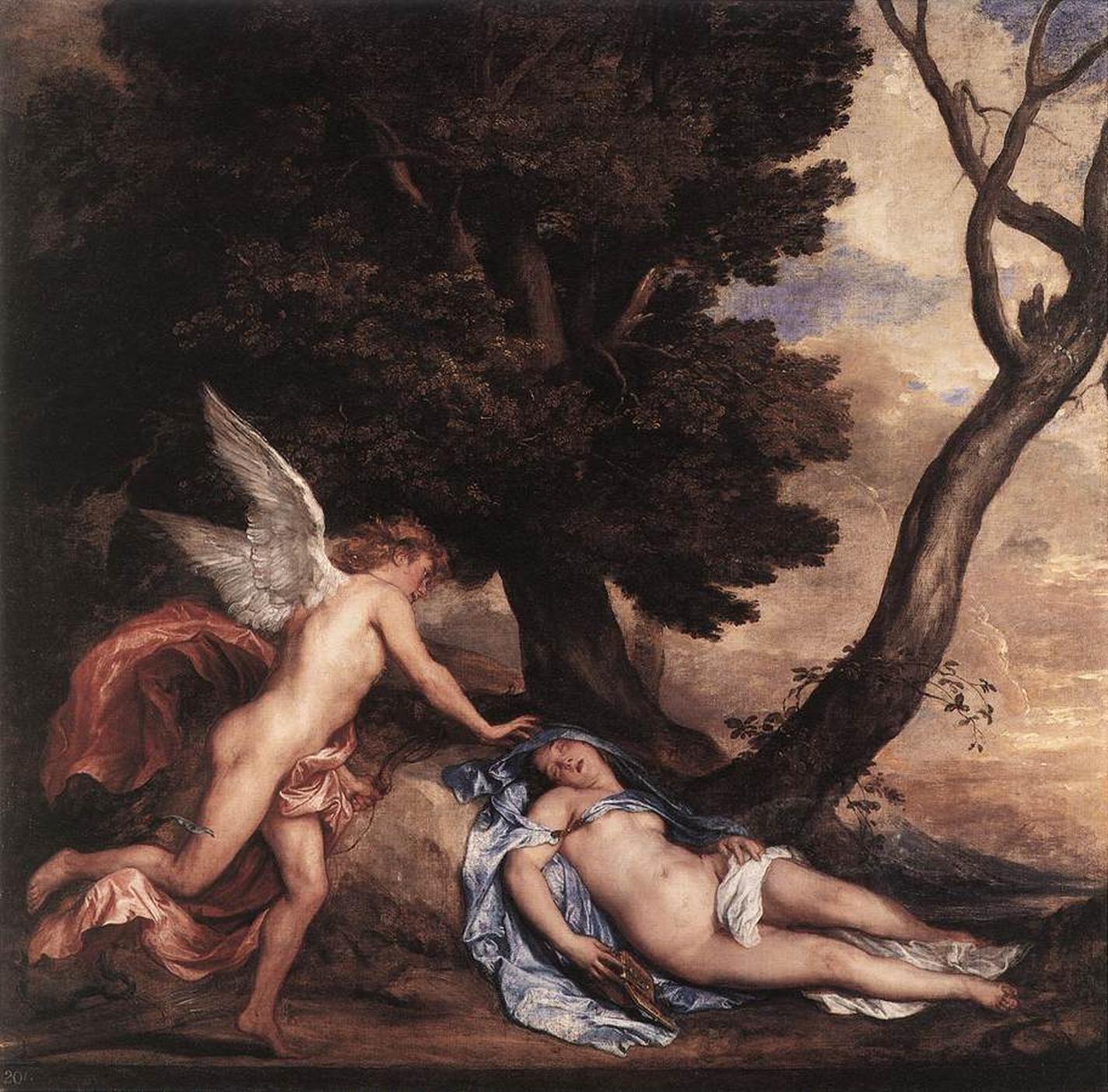 My favourite painting: Andrew Graham-Dixon
My favourite painting: Andrew Graham-Dixon'Lesson Number One: it’s the pictures that baffle and tantalise you that stay in the mind forever .'
